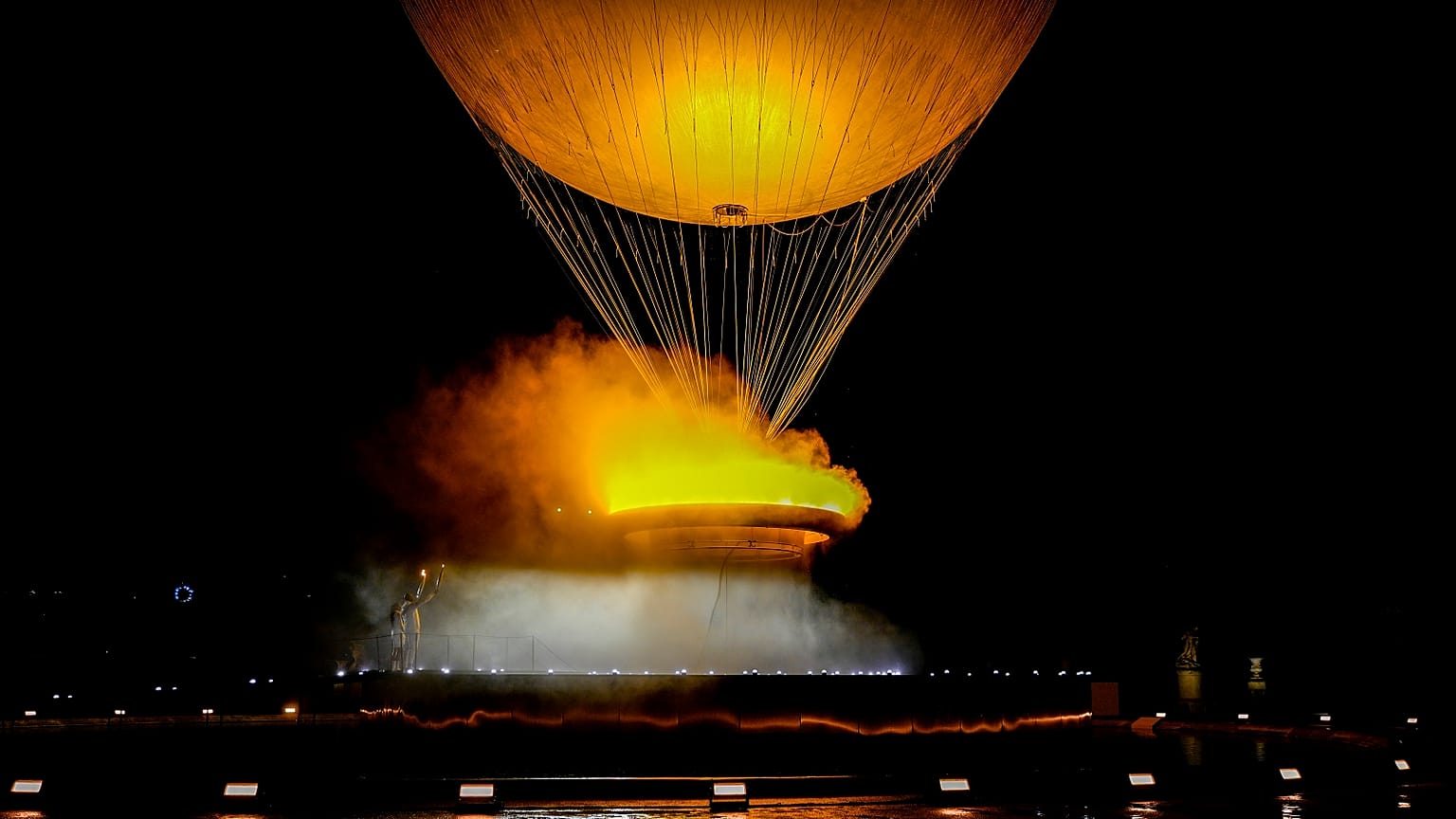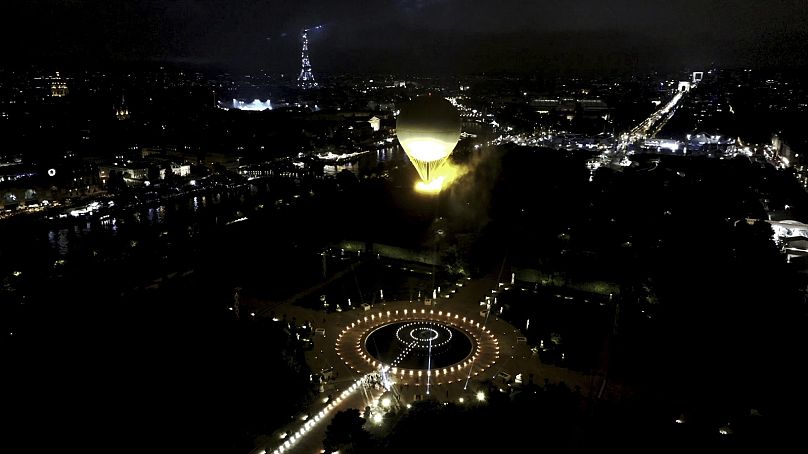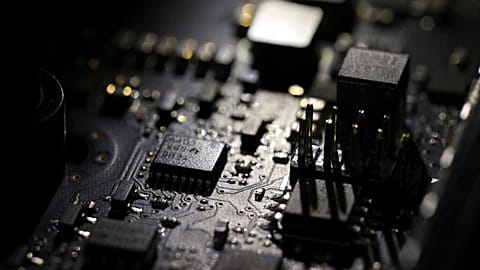Paying homage to the Montgolfier brothers, the Paris 2024 Olympic flame will, for the first time, be airborne and fully lit by electricity and water.
Living up to its moniker the "City of Lights," Paris shimmered through heavy rain on Friday evening as the 2024 Olympic Games opening ceremony took place for the first time outside of a stadium.
But while light shows, pyrotechnics and live performances along the river Seine dazzled, including artist Céline Dion paying homage to songbird Edith Piaf from atop the Eiffel Tower, one thing that stole the show was perhaps the lighting of the Olympic cauldron.
A tradition of the Games since the 1928 Olympiad in Amsterdam, how the Olympic flame was lit was unique to this year's event, much like the rest of the opening ceremony.
Lit by former French Olympians Marie-José Pérec and Teddy Riner, the Olympic flame proceeded to gently soar into the night sky.
In a nod to the Montgolfier brothers, the French pioneers of the hot air balloon whose first designs took flight in 1783 in the same location as the Olympic flame, the cauldron’s designer Mathieu Lehanneur created something that hasn’t been seen in Olympic history.
But what’s so special about the flame’s design?
What is special about its design?
Traditionally, the Olympic cauldron remains in position on the ground in a prominent site in or near a venue - usually the main stadium - for the duration of the Games.
However, the innovative hot air balloon design of the Paris Olympic cauldron means that while its location is static, the Olympic flame itself is anything but.
Organisers say during the day, the cauldron will be on the ground in the city’s Tuilleries Gardens but during the evening, it will be tethered in place and raised 30 m into the air.
The cauldron itself is 30 m high, meaning its highest point reaches 60 m off the ground.
Around its base is a 7-metre-diameter ring - meant to symbolise fraternity, one of the three core values of the French Republic - which houses the Olympic flame itself.
How does the cauldron work?
The design of the Paris 2024 Olympic flame is very different from previous games in that it is fuelled by electricity rather than fossil fuels. So, how does it burn you might ask?
The ring at the base of the balloon houses 40 LED lights which illuminate a cloud of water vapour produced by 200 high-pressure misting nozzles to give the flickering and smoke effect of real flames.
"This absolutely unique Cauldron represents all the spirit I wanted to give to the Olympic and Paralympic objects," said creator Lehanneur.
"Light, magical and unifying, it will be a beacon in the night and a sun within reach during the day. The fire that burns in it will be made of light and water, like a cool oasis in the heart of summer".
Both the electricity and water supply are fed from the ground to the balloon structure in the air, powered by Paris 2024 partner EDF.
"Thanks to an innovation by EDF, the Paris 2024 cauldron will shine for the first time with a 100 per cent electric flame," said Luc Rémont, Chairman and CEO of EDF.
"This 'electric revolution' was made possible thanks to the monumental work carried out by our teams and designer Mathieu Lehanneur. Their creativity and innovative strength have made it possible to design a flame without fossil fuel combustion, a flame made of water and light".



















